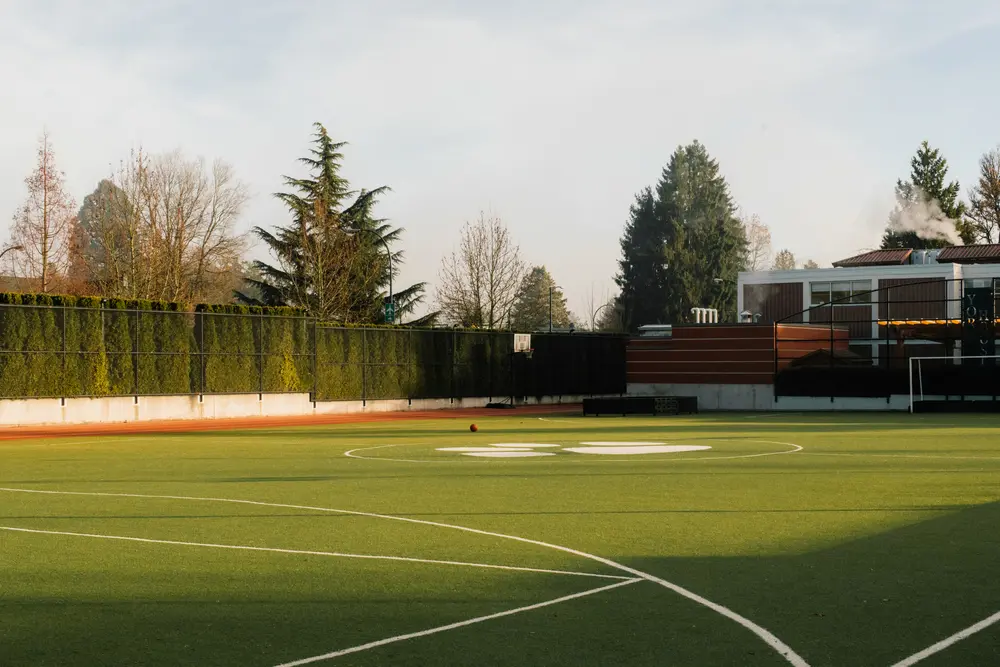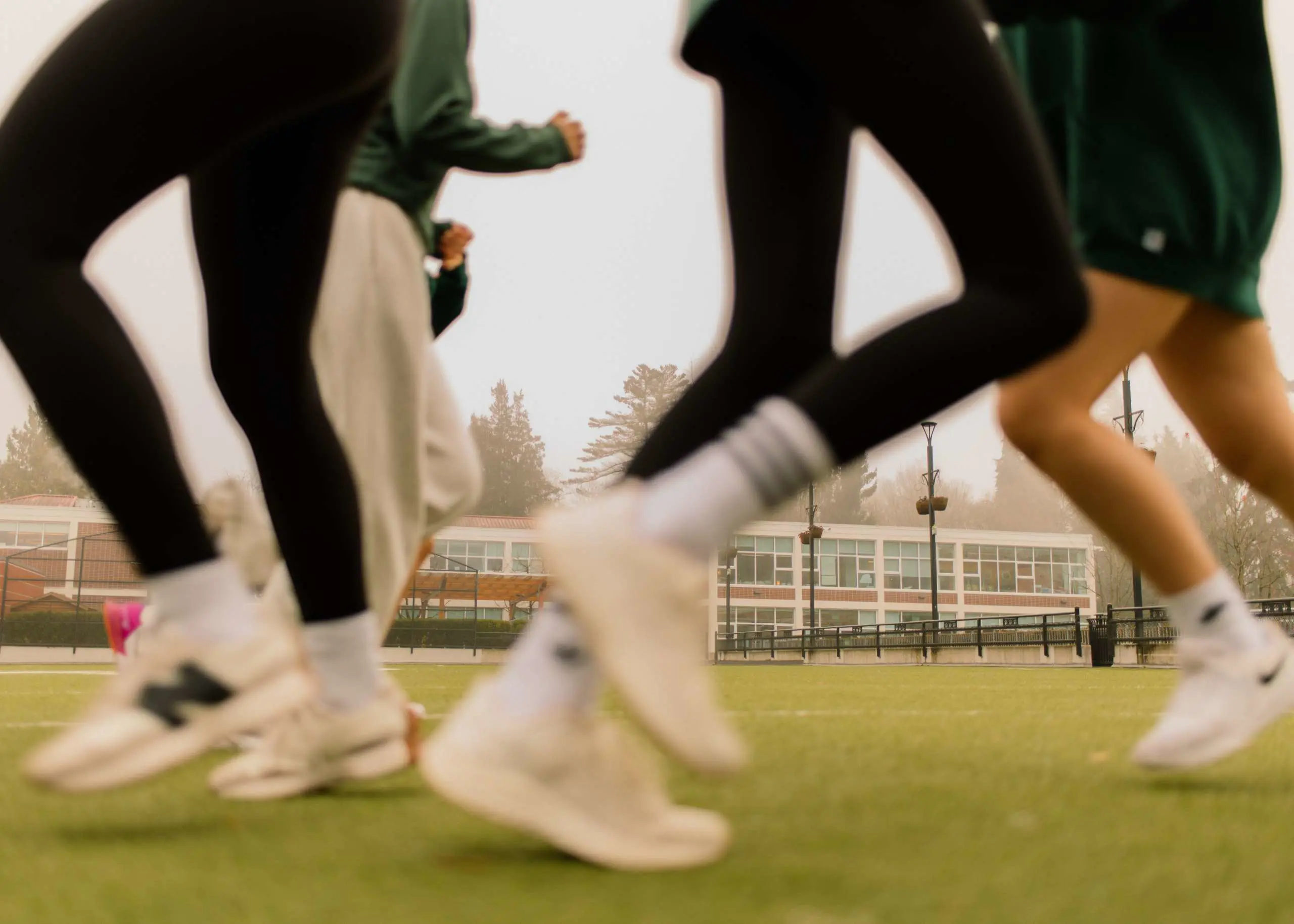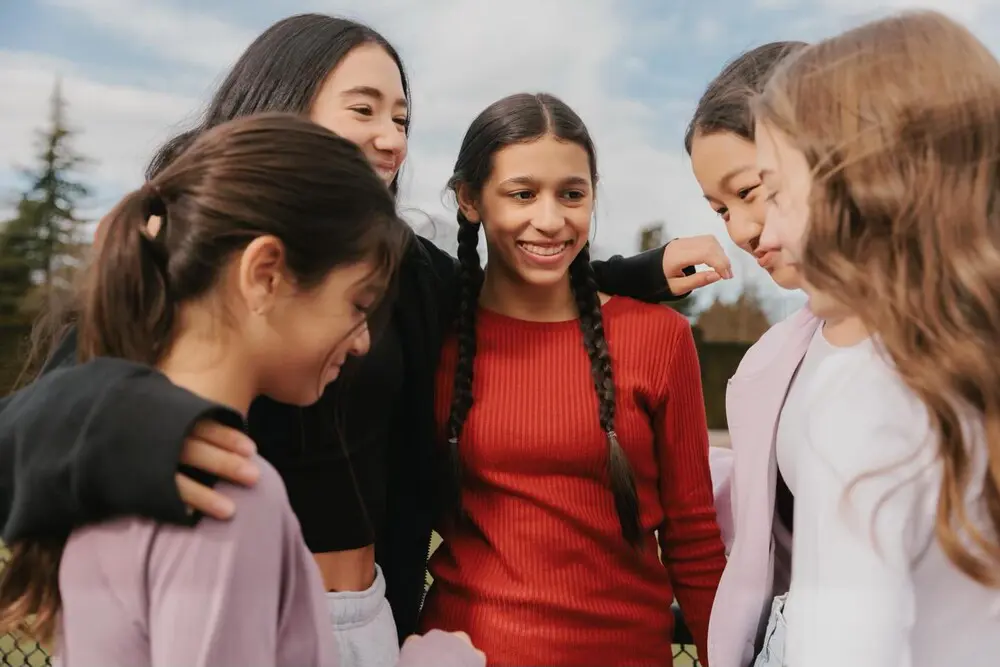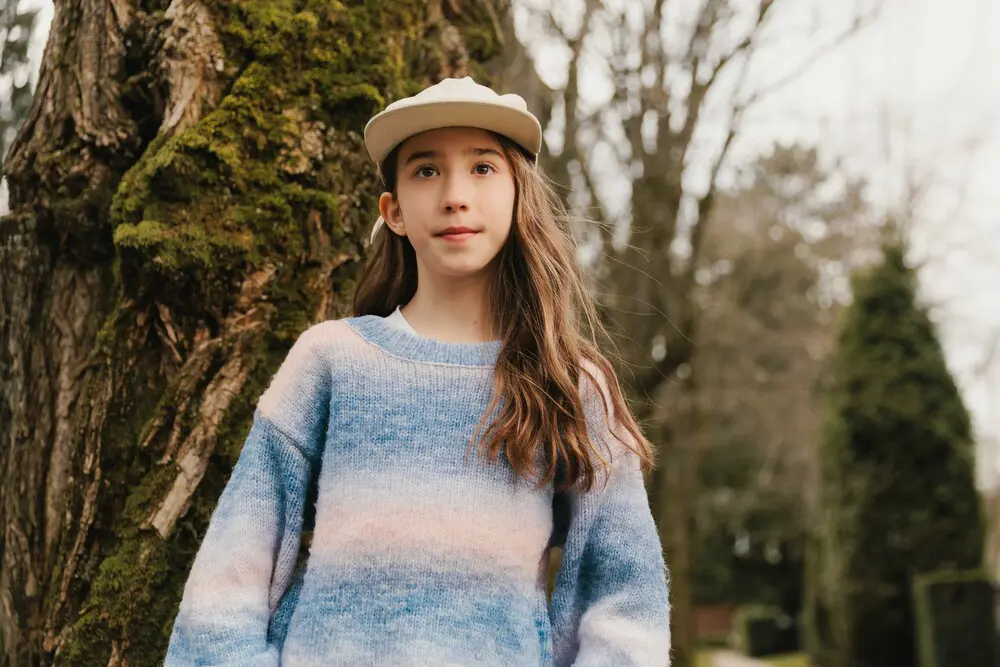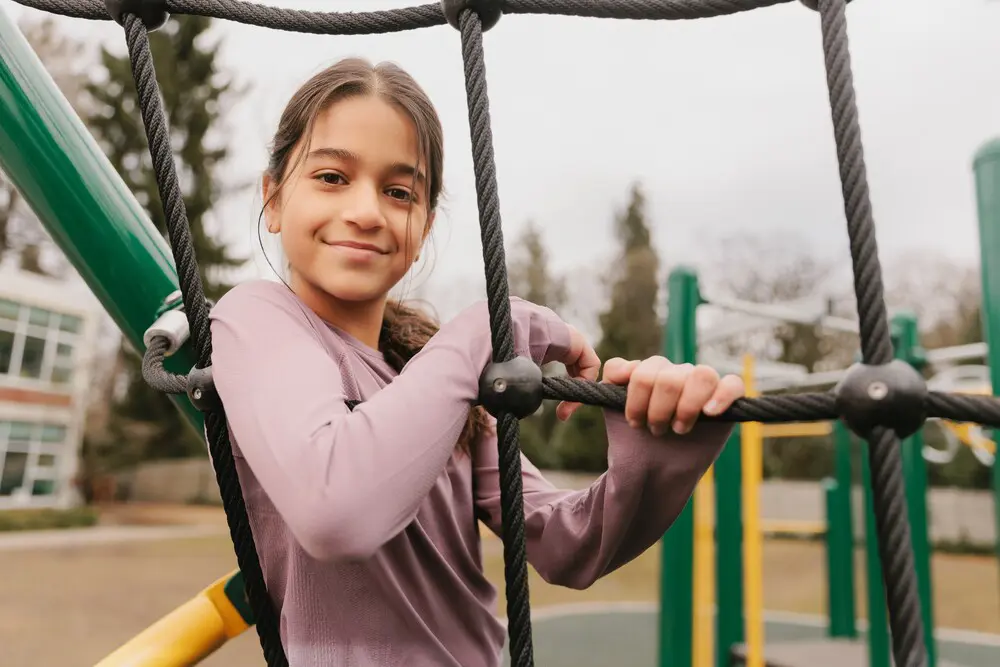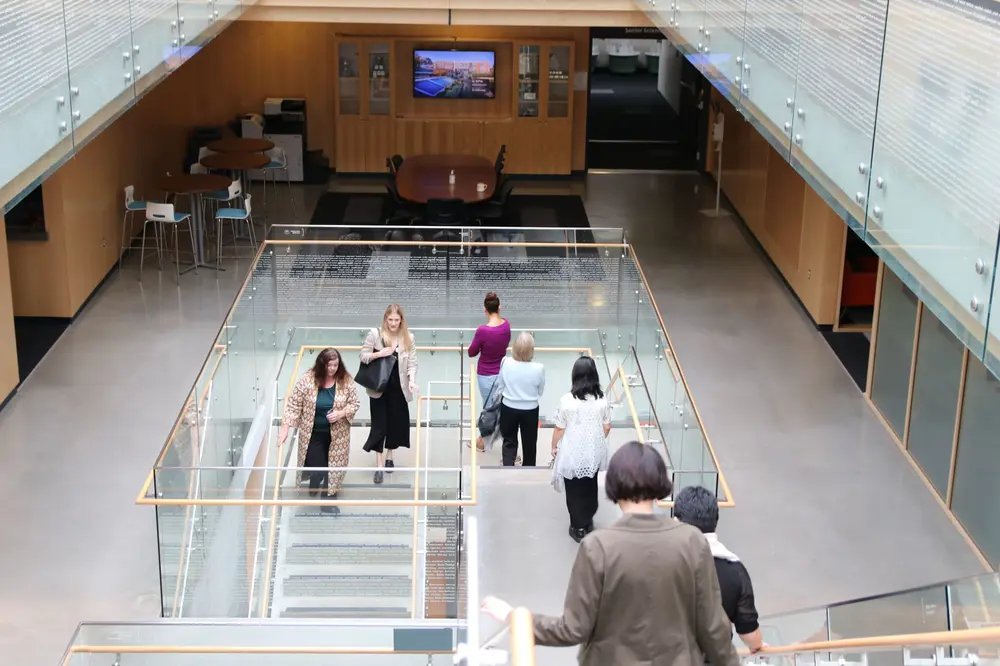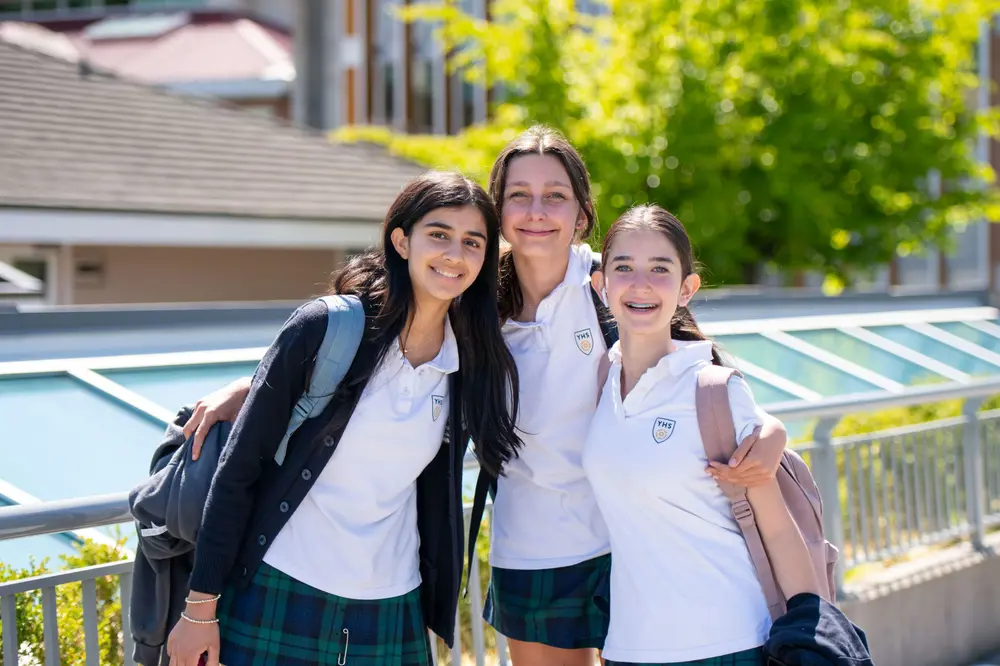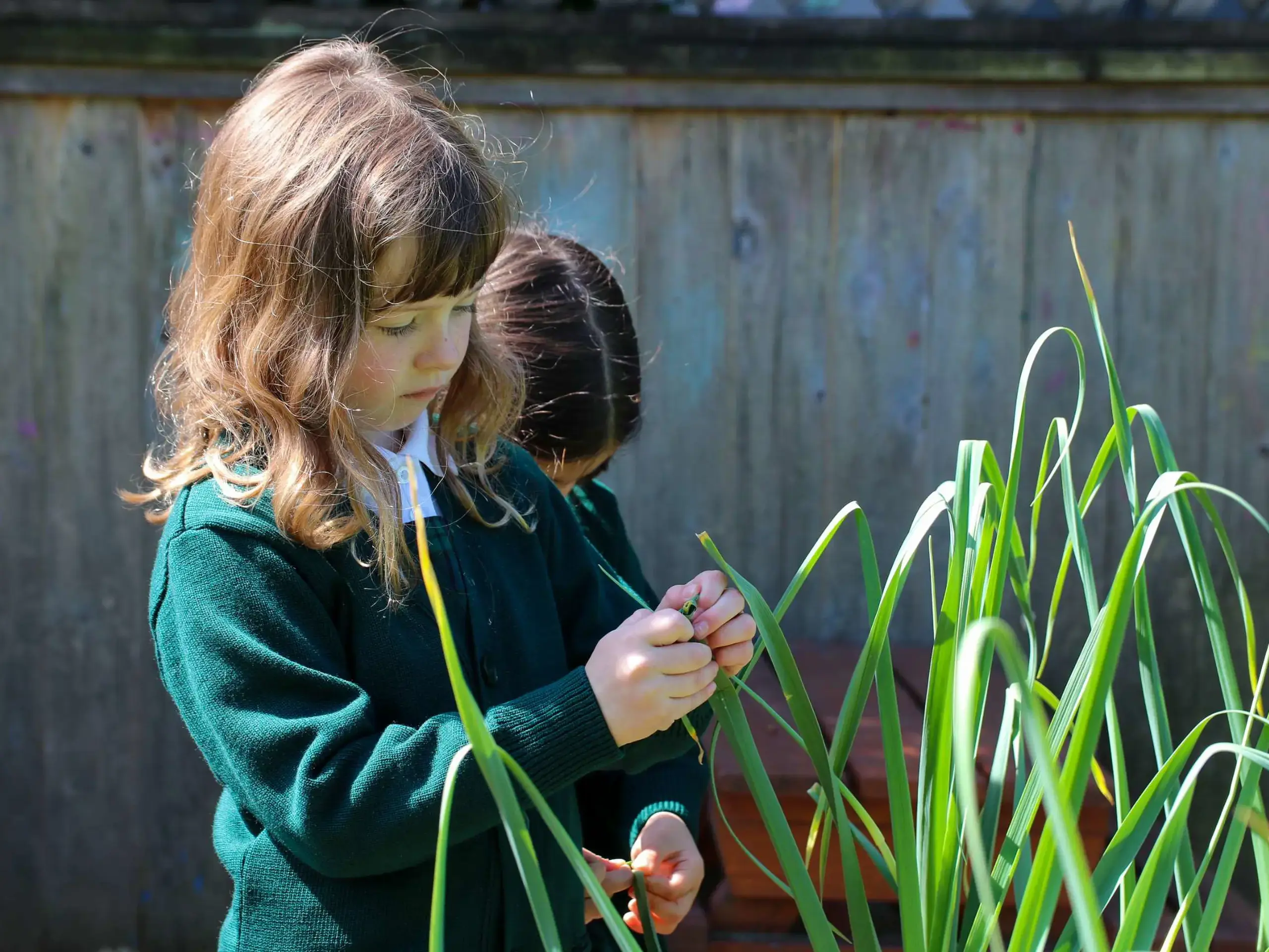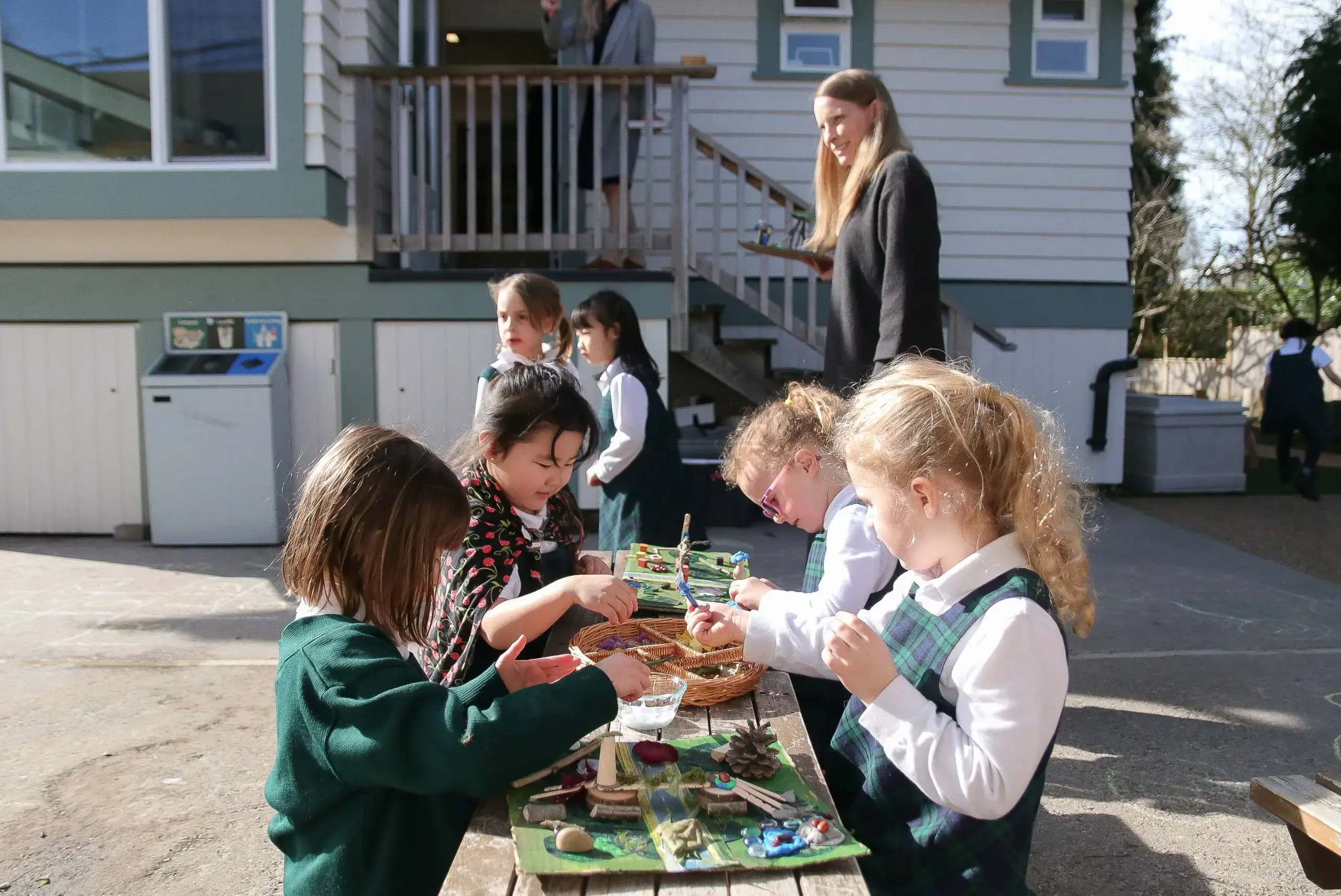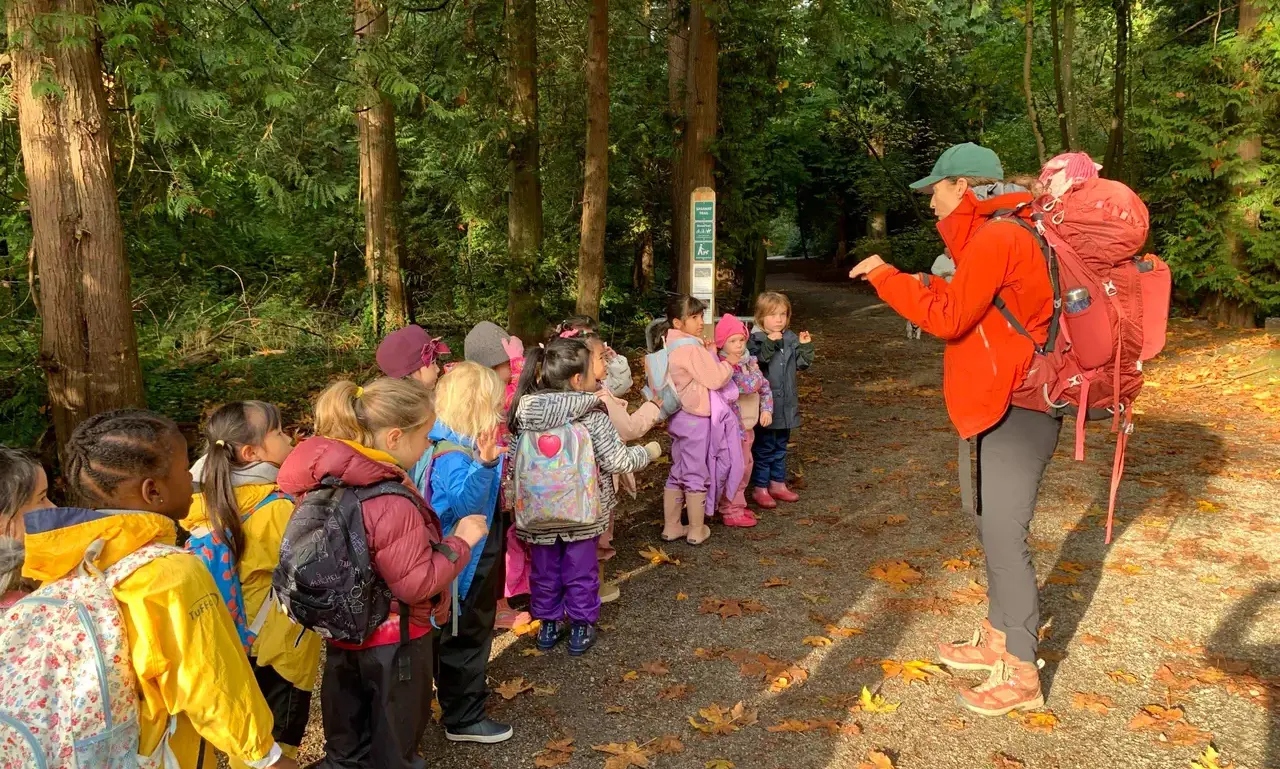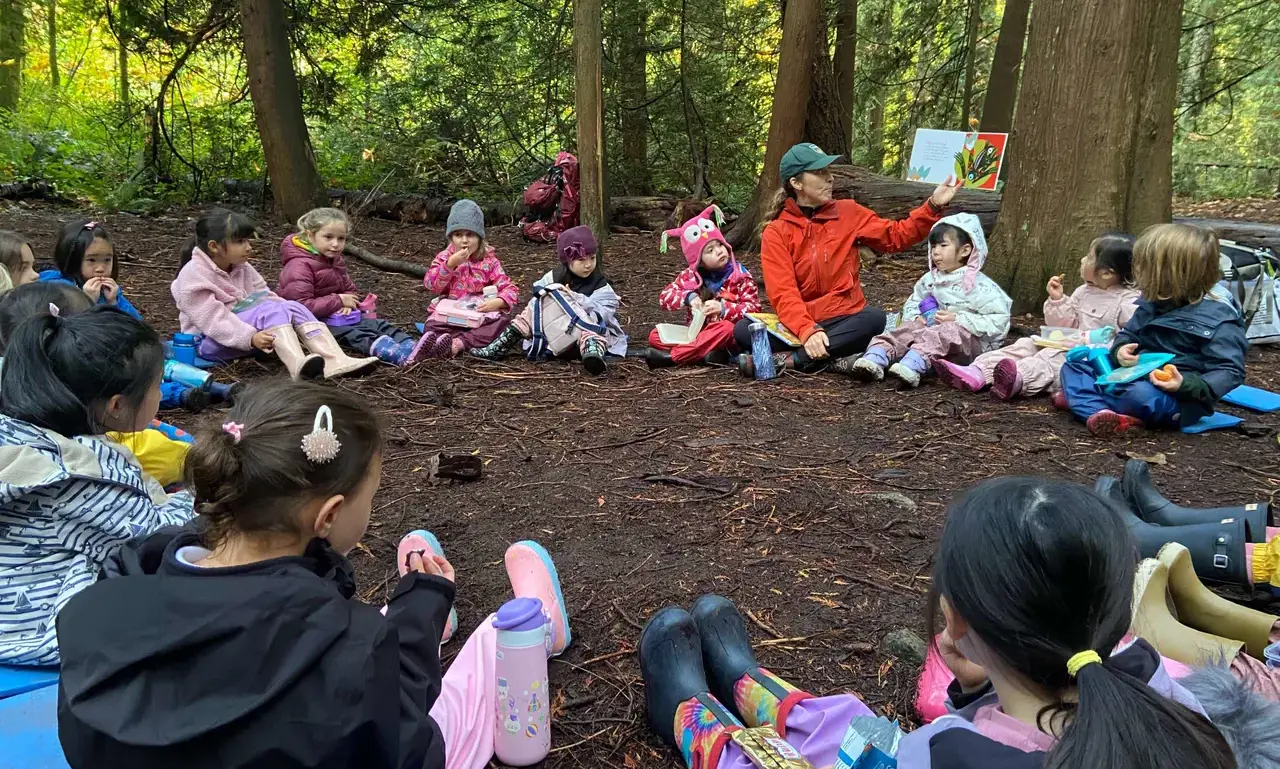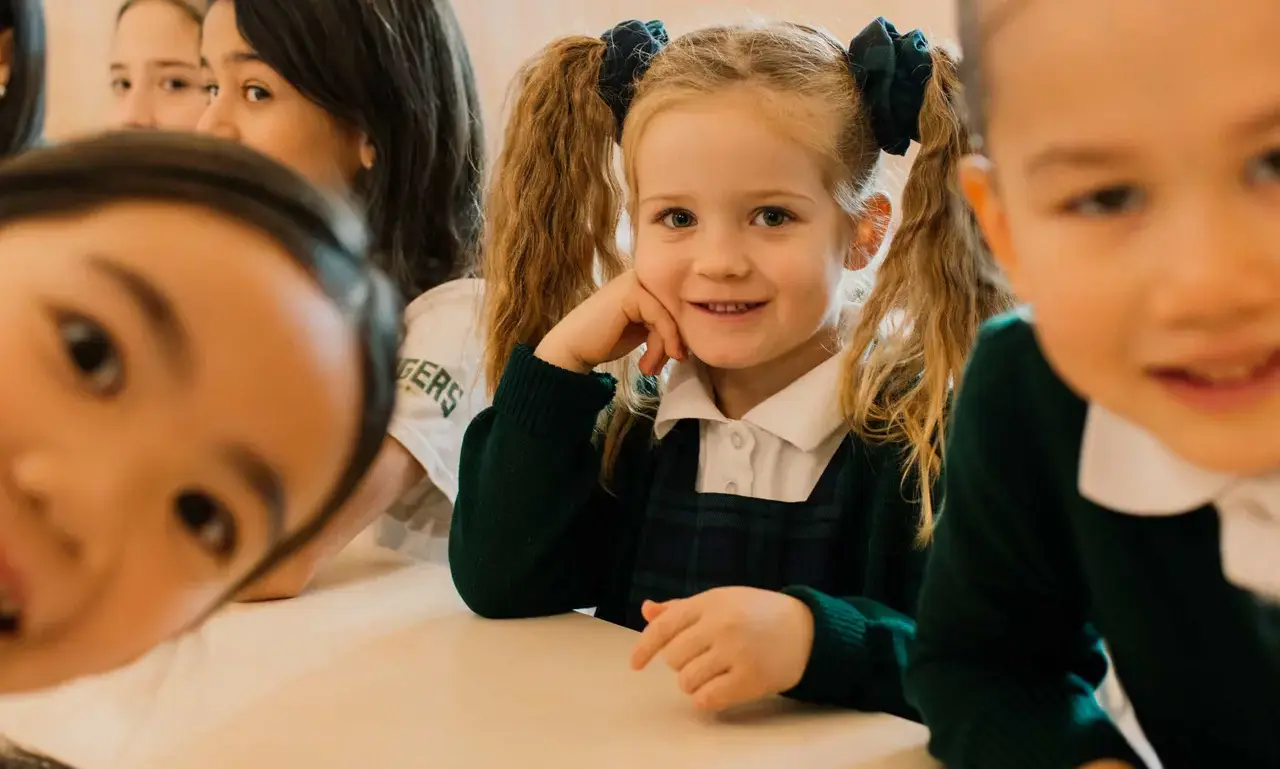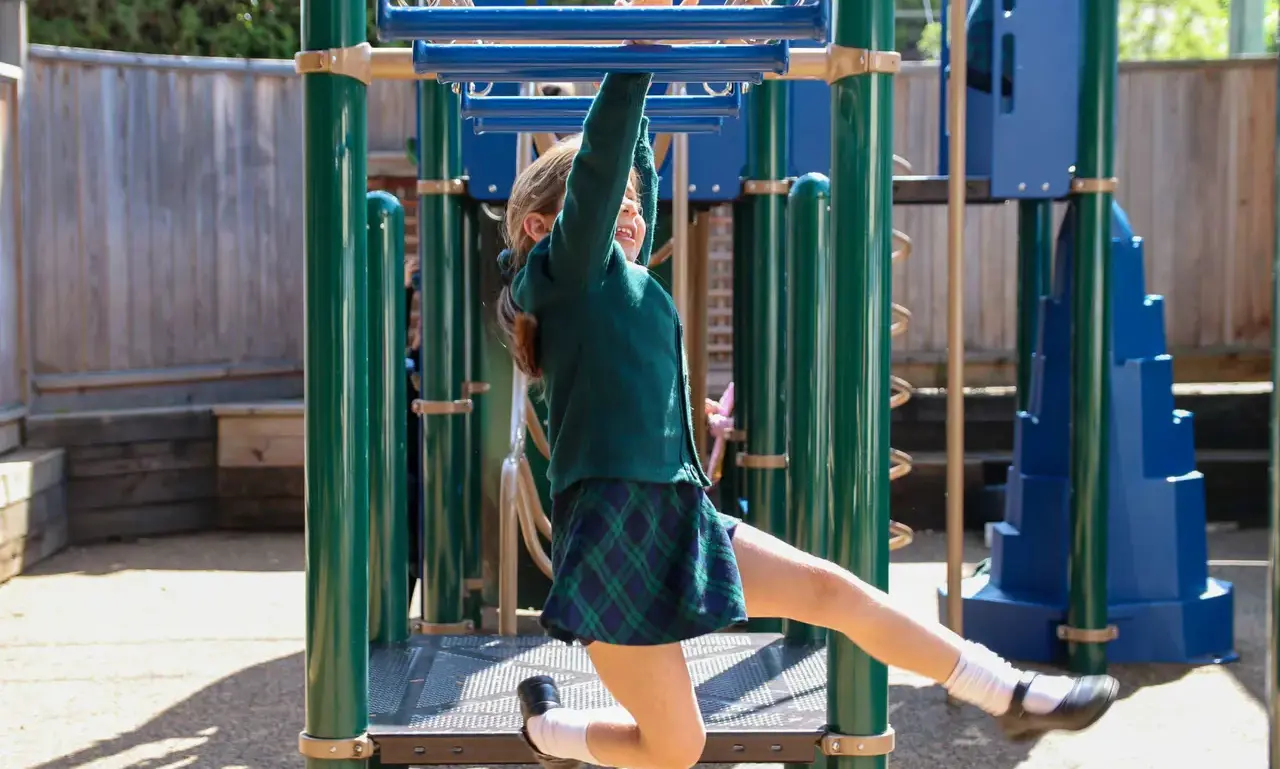Little School - Junior & SEnior Kindergarten
An enriching environment for big adventures
The Little School at York House is a world of wonder for learning and exploration. From investigating and harvesting in the garden to collaborating in classrooms to taking risks with their climbing at the outdoor playground, our youngest Yorkies grow through the power of play, discovery, and inquiry.
Shaping Lifelong Learners
Socializing and collaborating help students develop lifelong skills such as self-regulation, problem-solving, and flexible thinking.
With teachers as facilitators, Little School students have the agency to explore new ideas that evolve alongside them. They may grow up to be creative writers or engineers, biologists or architects—but while they’re at York House, they’re free to follow their curiosity across a range of subjects. Teachers shape project topics and questions in art, nature, science, and community, drawing inspiration from student inquiries and interests.
Co-Constructed Learning
A York House education is about the process—not just the outcome.
We connect children to each other and the world around them as they begin their journey to becoming confident, empathetic global citizens.
Our full-day Junior Kindergarten program for four-year-olds and Senior Kindergarten for five-year-olds are minutes from the main campus. In each bright, open classroom space, two teachers give students hands-on guidance rooted in the Reggio Emilia Approach.
Their documented learning is mapped by photos, quotes, and reflections that bring parents and guardians into the journey and guide their next steps.
The Reggio Emilia Approach
At York House, we see students as capable individuals with boundless potential.
That’s why Little School teachers embrace the Reggio Emilia Approach to education during these years of tremendous growth and self-discovery for Yorkies.
The Reggio Emilia philosophy recognizes that students learn best when given ample opportunities to build on their curiosities and wonder about the world. Through meaningful research and collaboration with others, students develop hypotheses and draw conclusions about their questions and interests.
Learn More
Life at the Little School
| Garden |
|---|
| The garden is the heart of the Little School. Together, students and teachers plant and harvest vegetables, herbs, fruits, and flowers. Yorkies cook what they grow and consider provocations like, “Why is it important to protect nature?” that merge math, science, communication, critical thinking and art into their learning experience. |
| Experiential Learning |
| Field trips and visits from guest experts encourage students to connect with the world around them and ask relevant questions. For example, a visiting Indigenous herbalist works with our students on planting the garden and raising butterflies, exploring the role of farms in our food system, and basic soil science. A Forest Day excursion teaches students to make connections between forests and farms, identifying native plants and learning their medicinal and edible properties. |
| French |
| Little School students are introduced to French through oral interactions. Students get familiar with spoken French through games, songs, and activities and set a solid foundation for building fluency in French in later years. |
| Music |
|
Songs, dances, and musical games are part of every day. |
| Physical and Health Education |
| Students attend classes led by the Junior School Physical and Health Education teacher with a focus on balancing, different mobility skills, listening games, and routines. Junior Kindergarten and Senior Kindergarten students attend a program designed specifically for their age group with a Physical and Health Education specialist multiple times a week. |
| Parent Share |
| Once a month, parents and guardians are welcomed into the classroom to spend time doing an activity with their child. This is cherished time in the classroom space for adults and students alike, as Yorkies proudly guide their parents and guardians through engaging learning activities. |
